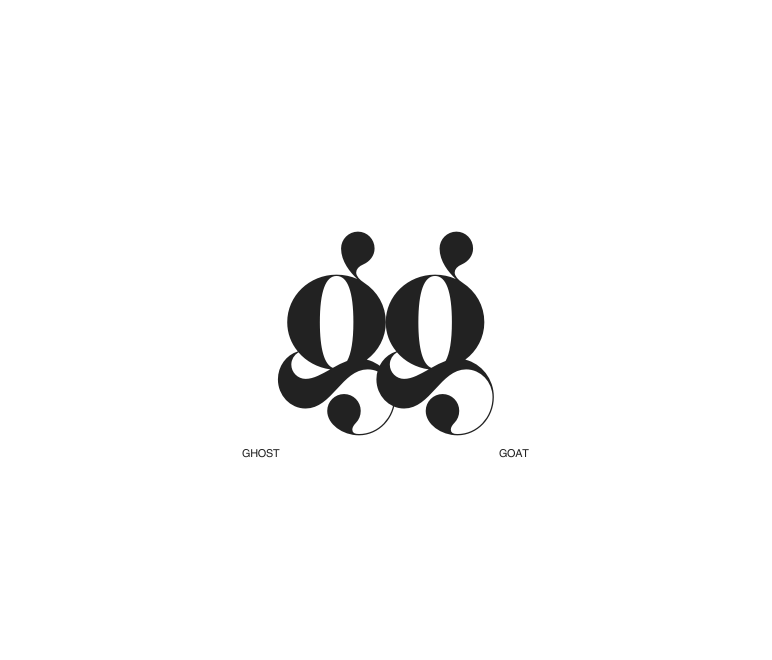By 2025, customer acquisition is saturated and expensive. Everyone’s running the same paid ads, targeting the same lookalike audiences, with the same CPM decay.
Meanwhile, retention remains the most underdeveloped profit lever in most orgs.
Retention isn’t about sending emails. It’s about designing systems that minimize the time between touchpoints, maximize LTV, and compound brand trust.
Here’s what that actually looks like when done properly.
1. Stop Thinking in Campaigns. Start Thinking in State Transitions.
Most brands still run campaign-first thinking: “Launch this welcome flow,” “send that winback sequence,” “fire this promo.” But that logic ignores where the customer actually is in their lifecycle.
Instead, retention strategy in 2025 requires state-based architecture.
You’re building a model, not a timeline:
Customers shift between states like:
- New (Uneducated)
- Active (Engaged)
- Neutral (At Risk)
- Churned (Dormant)
- Loyal (High Intent)
Each state has entry criteria (e.g., purchased in last 30 days, viewed product page >2x), exit triggers (e.g., completed reorder, opened support ticket), and available actions.
Example model:
[New Buyer → Welcome Flow]
→ Opens x2 → Branch to “Quick Start Guide”
→ No open in 7d → Send “3 Mistakes People Make with [Product]”
→ Click + support FAQ → Flag as “Potential Issue,” trigger support check-in
Takeaway: Campaigns age out. State logic scales.
2. The First 7 Days Aren’t for Retention — They’re for Time-to-Value
If a user doesn’t reach their first moment of success with your product within the first 7 days, their likelihood to churn spikes.
This is called time-to-value (TTV), and it’s a metric worth tracking.
- For skincare: TTV might be “product usage + perceived skin change.”
- For tea: “Did they brew it, and did it taste good?”
- For supplements: “Did they understand the benefit and remember to take it?”
You need to design for behavior, not just inbox delivery. Your flow should:
- Confirm value alignment (“You chose X, and here’s what it does better than Y.”)
- Deliver fast-start usage or instructions with visuals
- Address cognitive blockers (e.g., “Is this safe with other products?”)
- Close the feedback loop via check-ins (“Have you tried it yet?” + yes/no branching logic)
Want to know why your churn is high? Audit how long it takes between delivery and product interaction.
3. Retention Without Feedback Loops Is Just Guesswork
Too many “flows” are push-only. That’s dead strategy.
A proper retention system should constantly feed user data back into marketing, CX, and product teams.
You need:
- Event tracking (open/click is table stakes — add “watched video,” “clicked to FAQ,” “replied to support”)
- First-party data capture (surveys, forms, and post-purchase preference selection)
- NPS scores layered by SKU and cohort
- Tagging behavioral flags (e.g., “received damaged product,” “used coupon first-time only,” “abandoned checkout 2x”)
This data doesn’t just help you improve marketing — it’s the source of truth for reducing churn at scale.
If your ESP or CRM can’t feed this back to your reporting layer, you’re not running a system — you’re running a sequence.

4. Segment by Trajectory, Not Demographics
“20–35 year old women in urban areas” isn’t a retention segment. It’s a media buying demo.
Retention segmentation should follow:
- Behavioral velocity (how fast they move through funnels)
- Purchase pattern diversity (one SKU or cross-category?)
- Lifecycle depth (how many product education steps have they completed?)
- Engagement decay (what was their last active touchpoint?)
Better retention comes from trajectory modeling. That means:
- Predicting which users are trending toward churn (longer time between sessions)
- Surfacing users likely to convert to subscriptions (e.g., 2+ purchases within 21 days)
- Identifying category jumpers (Drill Buyer → Saw Page Viewer → Accessory Add-On (e.g., drill bits, clamps))
If you can’t score intent across time, you’re always reacting after the fact.
5. Retention Copy Isn’t Branding — It’s Behavioral Triggering
Every touchpoint should map to a behavioral science principle:
- Loss aversion — “You’ve earned free shipping, don’t let it expire”
- Commitment bias — “You’ve reordered twice — want us to auto-ship it next time?”
- Anticipation loops — “We’re sending something special next week”
- Status motivation — “You’re in our top 10% of customers this month”
Great copywriting doesn’t just describe — it nudges.
Audit your flows and ask:
- Are you reinforcing identity? (“People who choose [product] usually care about X”)
- Are you closing the psychological loop? (“You started this — here’s how to finish strong”)
- Are you using familiarity? (“Back again? You know the drill.”)
If not, you’re not writing for behavior. You’re just filling space.
6. True Loyalty Is Built with Structure, Not Surprises
Flashy loyalty programs don’t work if the reward mechanism feels arbitrary.
Build a loyalty layer with:
- Structured milestones — every 3rd order triggers a thank-you + bonus
- Progress indicators — show customers how close they are to a perk
- Predictive tiers — don’t just assign status after it happens; use scoring to forecast “high-LTV potential” customers and activate earlier
- Non-transactional wins — e.g., “Invite-only content,” “early product drops,” “pre-release beta testing”
The psychological win is making your customer feel like they’re leveling up — not just getting points.
And the operational win? You’re reducing acquisition costs by turning buyers into brand distribution nodes.

7. Reactivation is About Memory, Not Discounts
Winback emails that offer 15% off aren’t reactivation — they’re resignation.
A real reactivation system does this:
- Detects behavior patterns — who’s been silent but used to be active?
- Identifies preference history — what categories did they engage with? What did they ignore?
- Delivers frictionless reentry — “We’ve stocked your last order. Ready when you are.”
- Uses emotional memory triggers — “Remember your first cup of our blue tea? It’s back.”
- Suppresses dead leads — if they haven’t engaged in 90 days and clicked nothing in 10+ sends, remove them.
Every reactivation touch should pass the test:
Does this feel like a relevant invitation or a desperate bribe?
Ready to Build Retention That Actually Compounds?
Most teams have pieces of the puzzle — a Klaviyo welcome flow here, a winback email there, maybe a loyalty program that’s 40% configured.
That’s not a system. That’s duct tape.
At Ghost Goat, we build retention infrastructure:
- Lifecycle modeling
- Trigger logic design
- High-intent segmentation
- Copy that speaks in behavioral triggers, not templates
If you’re tired of guessing and ready to build something durable:
Let’s Chat — no pitch, no fluff. I’ll show you how to stop bleeding revenue post-purchase and start compounding returns with the customers you already have.


Leave a Reply